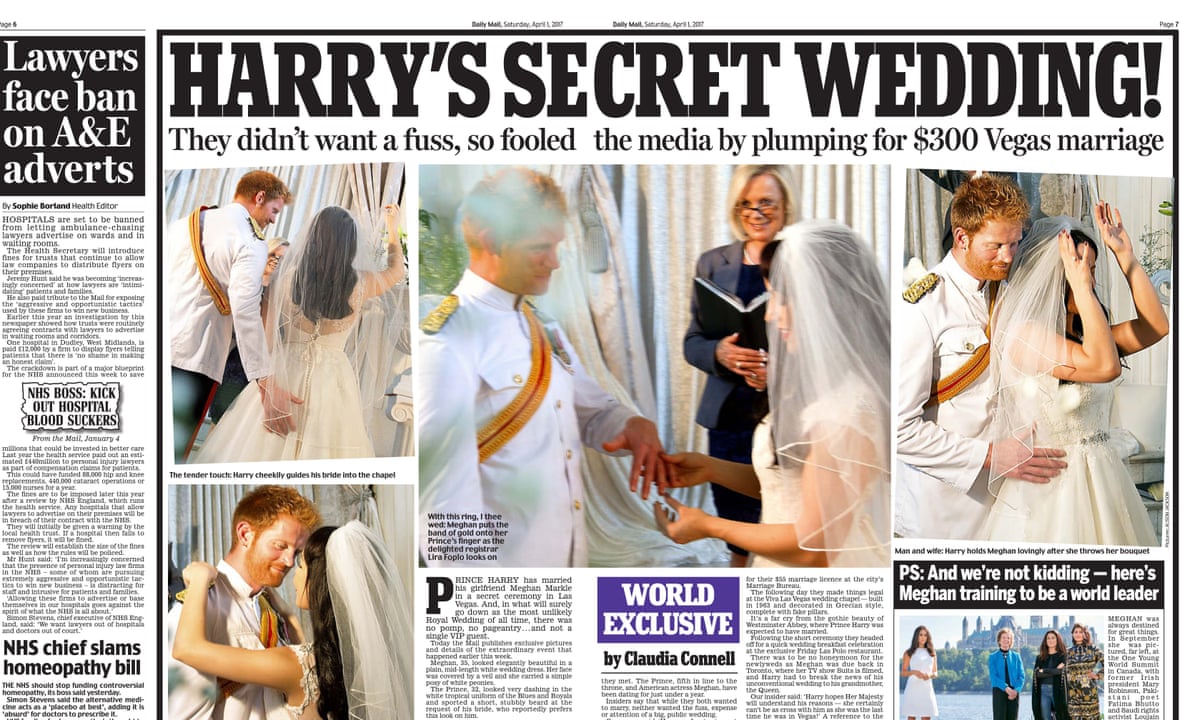Getting The News Articles To Work
Getting The News Articles To Work
Blog Article
Excitement About News Articles
Table of ContentsThe Main Principles Of News Articles Some Known Details About News Articles News Articles Can Be Fun For Anyone4 Easy Facts About News Articles ExplainedThe Ultimate Guide To News Articles
Good understanding of different subjects provides trainees an one-upmanship over their peers. Although digital and social networks are conveniently available, we should not fail to remember exactly how important it is to read the papers. Parents need to attempt and inculcate the habit of reading a newspaper as a day-to-day routine to proceed the legacy of the revered print medium.Newspaper article additionally include a minimum of one of the adhering to essential characteristics about the intended audience: proximity, importance, timeliness, human passion, oddity, or consequence. The related term journalese is sometimes utilized, usually pejoratively, to describe news-style writing. Another is headlinese. Papers usually stick to an expository writing design.
Within these limitations, information tales also intend to be extensive. Various other elements are involved, some stylistic and some obtained from the media type. Among the larger and a lot more respected newspapers, fairness and balance is a major element in presenting details. Commentary is usually constrained to a separate area, though each paper may have a various total angle.
Newspapers with a global target market, for instance, often tend to utilize a more official style of creating. News Articles.; common design overviews include the and the United States News Design Publication.
Rumored Buzz on News Articles
Generally, reporters will not use a long word when a brief one will do. They use subject-verb-object building and brilliant, energetic prose (see Grammar). They provide anecdotes, examples and metaphors, and they hardly ever depend upon generalizations or abstract concepts. Information authors attempt to avoid using the very same word more than as soon as in a paragraph (sometimes called an "resemble" or "word mirror").
Headlines often leave out the subject (e.g., "Leaps From Boat, Catches in Wheel") or verb (e.g., "Cat female lucky"). A subhead (additionally subhed, sub-headline, subheading, subtitle, deck or dek) can be either a subordinate title under the main headline, or the heading of a subsection of the post. It is a heading that comes before the major message, or a team of paragraphs of the main text.

Extra signboards of any of these types may appear later in the short article (particularly on succeeding web pages) to attract more reading. Such billboards are also utilized as pointers to the post in other sections of the publication or site, or as ads for the item in various other magazine or websites. Common structure with their website title, lead paragraph (recap in vibrant), various other paragraphs (details) and call details.

Example of a hard-lead paragraph NASA is proposing one more space job. The budget demands around $10 billion for the job.
An "off-lead" is the second most essential front page news of the day. To "hide the lead" is to begin the article with history information or information of additional importance to the readers, compeling them to check out even more deeply right into a short article than they need to have to in order to uncover the crucial points.
The Basic Principles Of News Articles
Common use is that a person or more sentences each create their own paragraph. Journalists typically explain the company or framework of an information story as an inverted pyramid. The essential and most intriguing aspects of a tale are placed at the beginning, with supporting info adhering to in order of reducing significance.
It enables individuals to explore a subject to only the deepness that useful site their curiosity takes them, and without the charge of details or nuances that they can take into consideration irrelevant, however still making that details readily available to more interested readers. The upside down pyramid framework additionally enables posts to be trimmed to any kind of approximate size throughout format, to suit the space readily available.
Some writers start their tales with the "1-2-3 lead", yet there are lots of kinds of lead offered. A kicker can refer to numerous things: The last story in the information broadcast; a "happy" tale to end the show.
Longer short articles, such as publication cover posts and the pieces that lead the inside areas of a newspaper, are known as. Attribute stories vary from straight news in several means. Foremost is the absence of a straight-news lead, many of the time. As opposed to supplying the essence of a tale up front, feature authors may try to lure viewers in.
Examine This Report on News Articles
The reporter frequently information interactions with interview subjects, making the item more personal. An attribute's first paragraphs usually relate an appealing minute or occasion, as in an "unscientific lead". From the particulars of a person or episode, its sight quickly widens to generalizations about the story's topic. The section that signifies what a feature has to do with is called the or billboard.

The Editor's Tool kit: A Referral Overview for Beginners and Professionals (2001) Allan M. Siegal and William G. Connolly. The New York City Times Handbook of Style and Use: The Authorities Style Guide Used by the Writers and Editors of the Globe's The majority of Authoritative Paper (2002) M. L. Stein, Susan Paterno, and R.
Report this page